Spray Foam Insulation vs. Fiberglass Cost Comparison
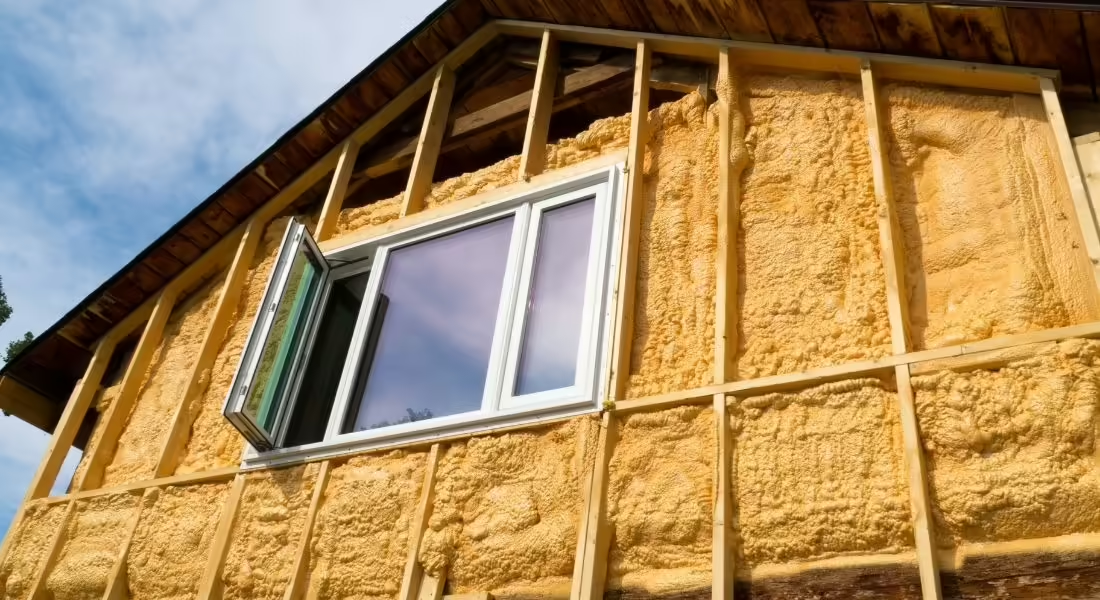
We tend to focus on cost when considering investing in any home improvement upgrade. In addition to how much the project costs, you’ll also want to get an idea of how much money it may save you every month—for example, by lowering your energy bill—as well as how much value it will add to your home. You can get a comprehensive idea of how much you are willing to spend and what the return on your investment may be.
When installing insulation, you can bet that you will always enjoy a favorable return on investment. However, certain types of insulation may be more financially beneficial than others. Two of the most popular types of insulation in homes are spray foam insulation and fiberglass insulation. To determine which option is the best financial investment for your home, consult this thorough spray foam insulation vs. fiberglass cost comparison.
What Are Spray Foam Insulation and Fiberglass Insulation?
Before we talk about the costs of each of these popular insulation options, it is important to have a general idea of what they are.
What Is Spray Foam Insulation?
Spray foam insulation is composed of polyol resin and a form of isocyanate, which both undergo a chemical reaction and expand when sprayed onto a surface. Upon being sprayed, the foam will quickly harden in a few seconds to form an airtight seal. There are two main types of spray foam insulation:
- Closed-Cell Spray Foam Insulation: Closed-cell spray foam insulation is composed of cells that are completely closed and pressed together. It has an extremely high density.
- Open-Cell Spray Foam Insulation: Open-cell spray foam insulation is composed of cells that are not completely encapsulated and are instead intentionally left open.
What Is Fiberglass Insulation?
Fiberglass insulation is a lightweight composite material that consists of a plastic matrix which is reinforced by a copious amount of small glass fibers. It can either be compressed into batts or blown directly into the area you wish to insulate.
Spray Foam vs Fiberglass Insulation: Up-Front Cost
To begin our comparison of the overall cost of spray foam insulation and fiberglass insulation, let’s start with a run-down of the average up-front. The cost estimates shown below are just general approximations and may vary depending on the insulation provider, where the insulation is installed, and other factors.
- Closed-Cell Spray Foam Insulation: Between $1 and $2 per board foot.
- Open-Cell Spray Foam Insulation: Between $0.44 and $0.80 per board foot.
- Batts Fiberglass Insulation: Between $0.64 and $1.20 per board foot.
- Blown-In Fiberglass Insulation: Between $0.50 and $1 per board foot.
Potential Long-Term Savings
One of the main benefits of installing insulation in one’s home is that it can help lower your monthly energy costs. By preventing heat from entering or leaving a home, the temperature control system won’t have to work as hard to keep the space at a comfortable temperature. The better insulation material is at preventing the flow of heat, the more it will lower your energy bill.
Perhaps the largest indicator of the effectiveness of insulation material is its R-value. The R-value of insulation is a measure of its ability to resist the conductive flow of heat. The higher an insulation material’s R-value, the better it is at preventing heat flow.
When it comes to R-value, closed-cell spray foam insulation has by far the highest ranking compared to other options. The R-value of closed-cell spray foam insulation tops the list at an incredible 6.5 per inch. As such, it will have the greatest positive impact on your energy bills.
Open-cell spray foam insulation has a good R-value of 3.5 per inch, while fiberglass batts and blankets have an R-value of 3.0 to 4.0 per inch. Blown-in fiberglass has an R-value of 2.2 to 2.7 per inch. Fiberglass insulation may lose its R-value over time, while spray foam insulation never decreases in effectiveness.
Longevity of Spray Foam and Fiberglass Insulation
Another critical factor to consider when assessing spray foam and fiberglass insulation is their lifespan. The shorter the lifespan of the insulation, the more quickly it will need replacing. Just because an insulation material has a lower up-front cost doesn’t mean that it will save you money. You may have to invest in replacing it more frequently than a more expensive, longer-lasting option.
While the lifespan of insulation can vary depending on how well it was installed and the conditions of the area, we have provided rough estimates to give you a general idea:
- Spray Foam Insulation: Unlike most other insulation options, spray foam insulation retains its shape indefinitely and will not deteriorate or lose R-value over time. Plus, it is highly durable and resistant to water and pest damage. Spray foam insulation will typically last throughout the entire lifespan of your home if it is installed correctly.
- Fiberglass Insulation: In a best-case scenario, fiberglass insulation may last between 80 and 100 years. However, fiberglass insulation is far more susceptible to damage, which may require it to be replaced more frequently. For example, fiberglass insulation is not waterproof like spray foam insulation, and can become damaged by leaks or excess moisture. In most cases, fiberglass insulation will need to be replaced after 15 to 20 years.
Potential Impact on Home Value
Installing either spray foam insulation and fiberglass insulation can have a favorable impact on your home’s value. In fact, installing insulation is one of the most significant upgrades you can make when it comes to increasing the value of your home.
Insulation offers a wide variety of benefits. In addition to helping prevent warm air from escaping or entering one’s home, insulation also:
- Helps prevent ice dams from forming, which can cause substantial roof damage.
- Reduces interior and exterior noise transfer.
- Decreases strain on temperature control systems.
Some insulation materials offer more benefits than others. Because closed-cell spray foam insulation has a higher R-value and offers other advantages such as pest-resistance, increased structural strength, mold-resistance, and lower maintenance costs, it will likely have a larger impact on the value of your home than fiberglass insulation.
Which Option Is More Financially Beneficial?
The answer to this question comes down to whether you want to enjoy the benefits of a smaller up-front cost and a consequently smaller return on investment, or spend more money up-front and yield the benefits of a larger return. Ultimately, this depends on your financial situation and preferences.
We hope this article helps you determine which insulation option is best suited to your financial preferences. Once you’re ready to start enjoying the many advantages that insulation can provide your home, contact Paragon Protection. As Chicagoland's most respected insulation contractor, you can trust us to install your home’s insulation safely and correctly. In addition to residential insulation services, we also offer commercial spray foam roofing services in Crystal Lake and the greater Chicago area for larger projects. To learn more about our many different insulation options or to get a quote, contact us today.


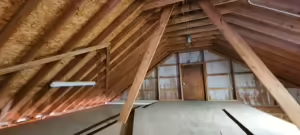
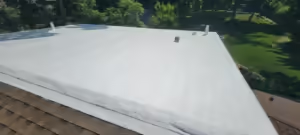
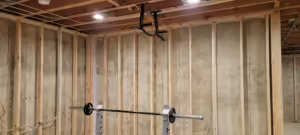
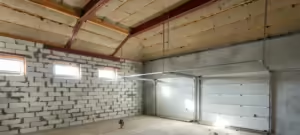

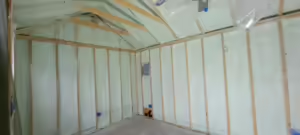
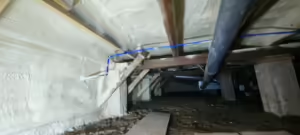
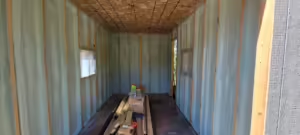
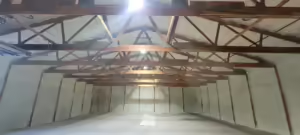
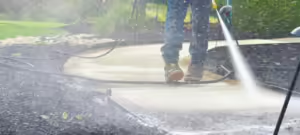

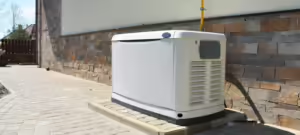
 Professional Insulation Services
Professional Insulation Services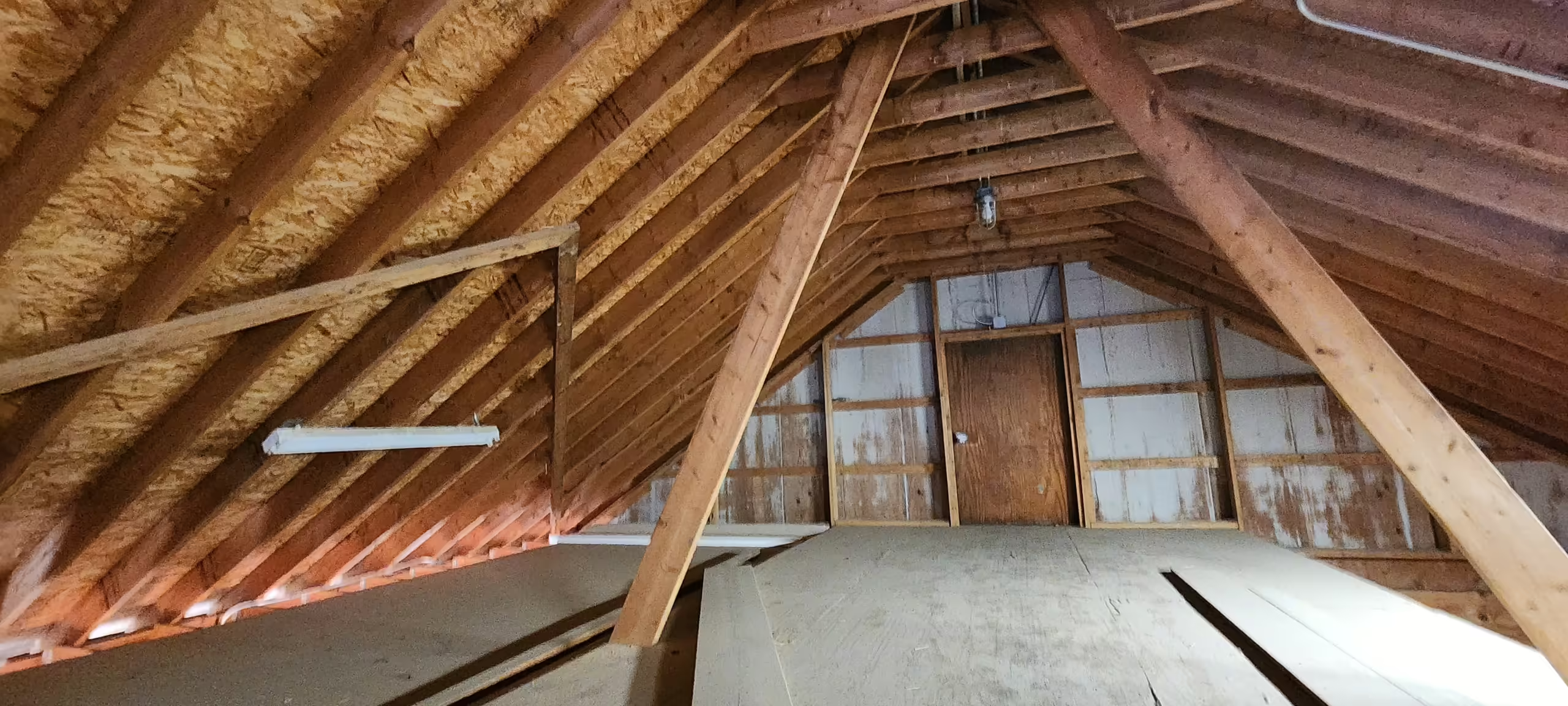 Attic Insulation Services
Attic Insulation Services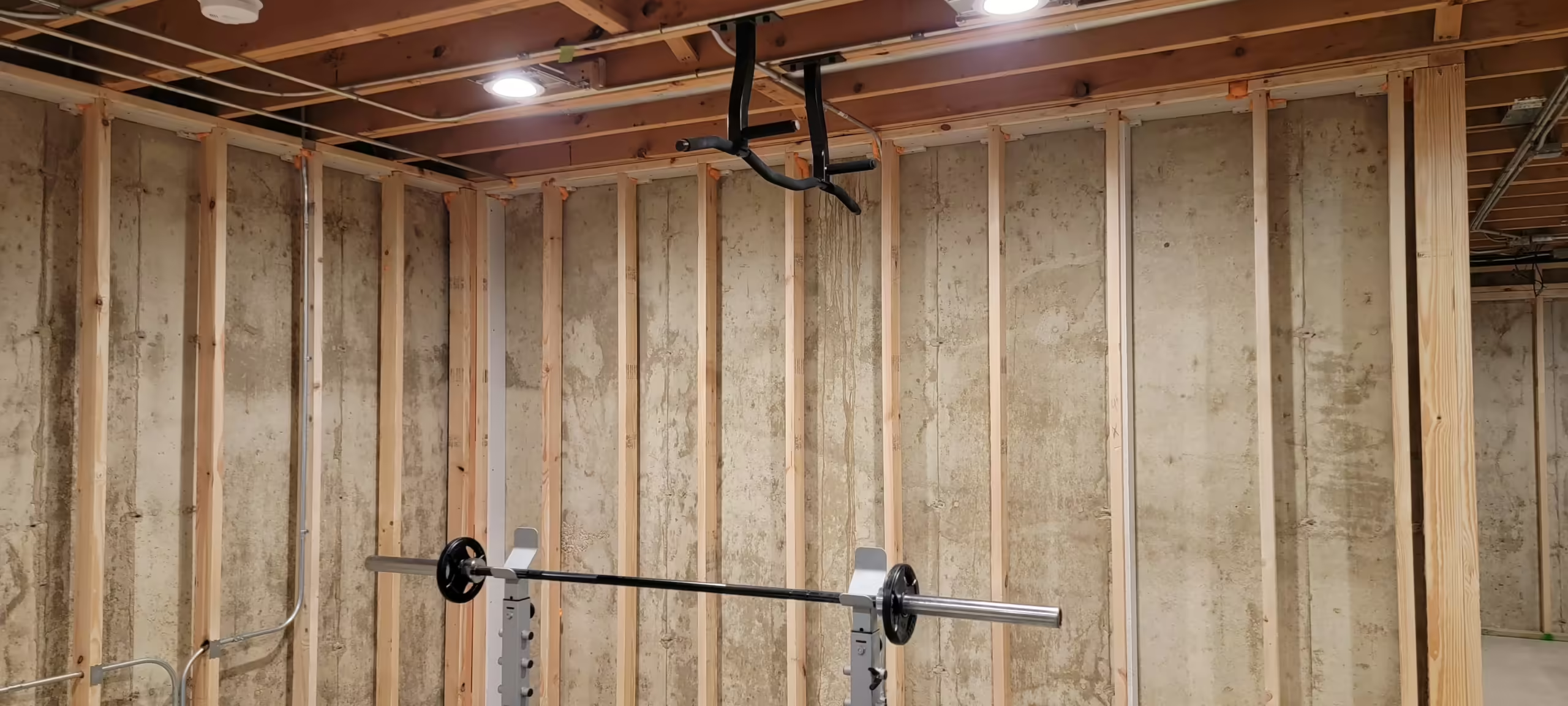 Basement Insulation
Basement Insulation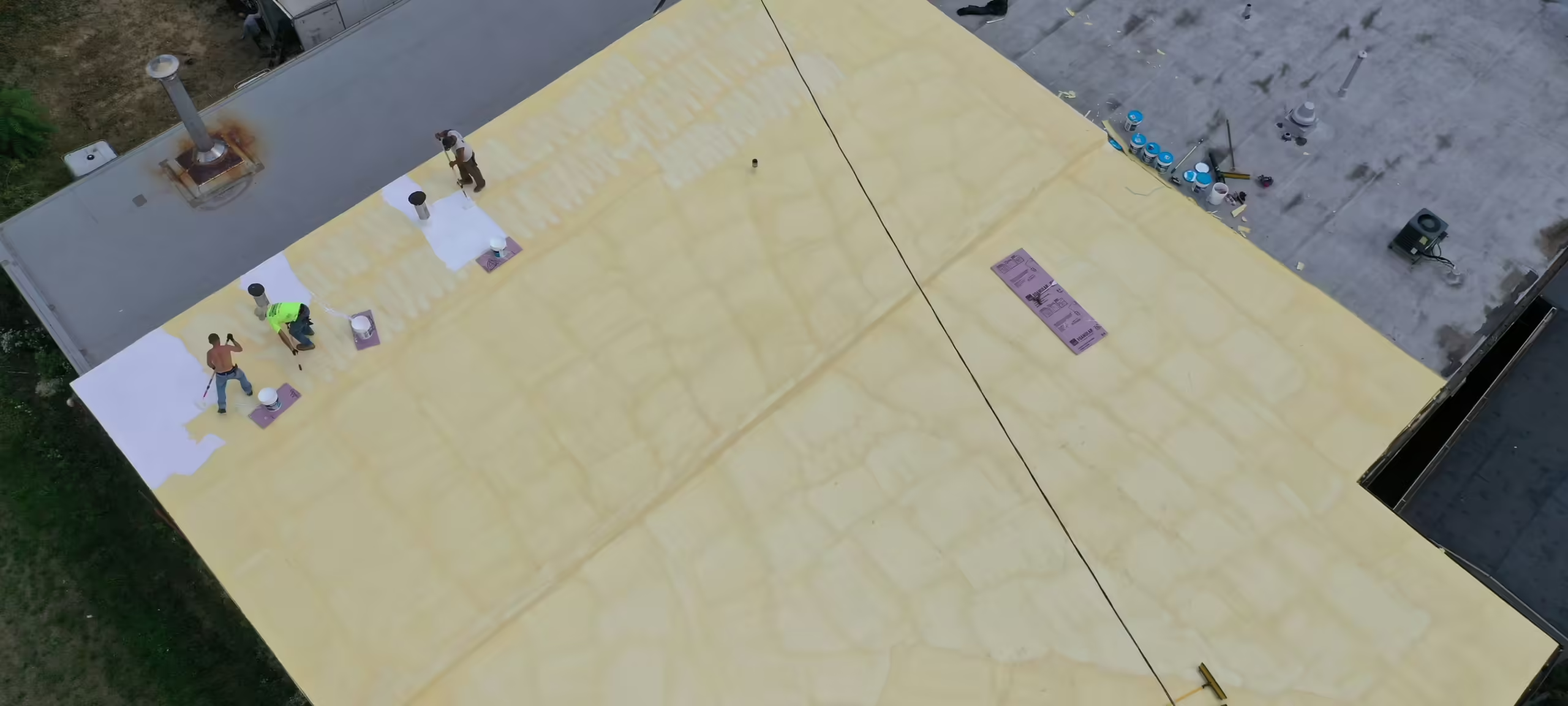 Commercial Insulation
Commercial Insulation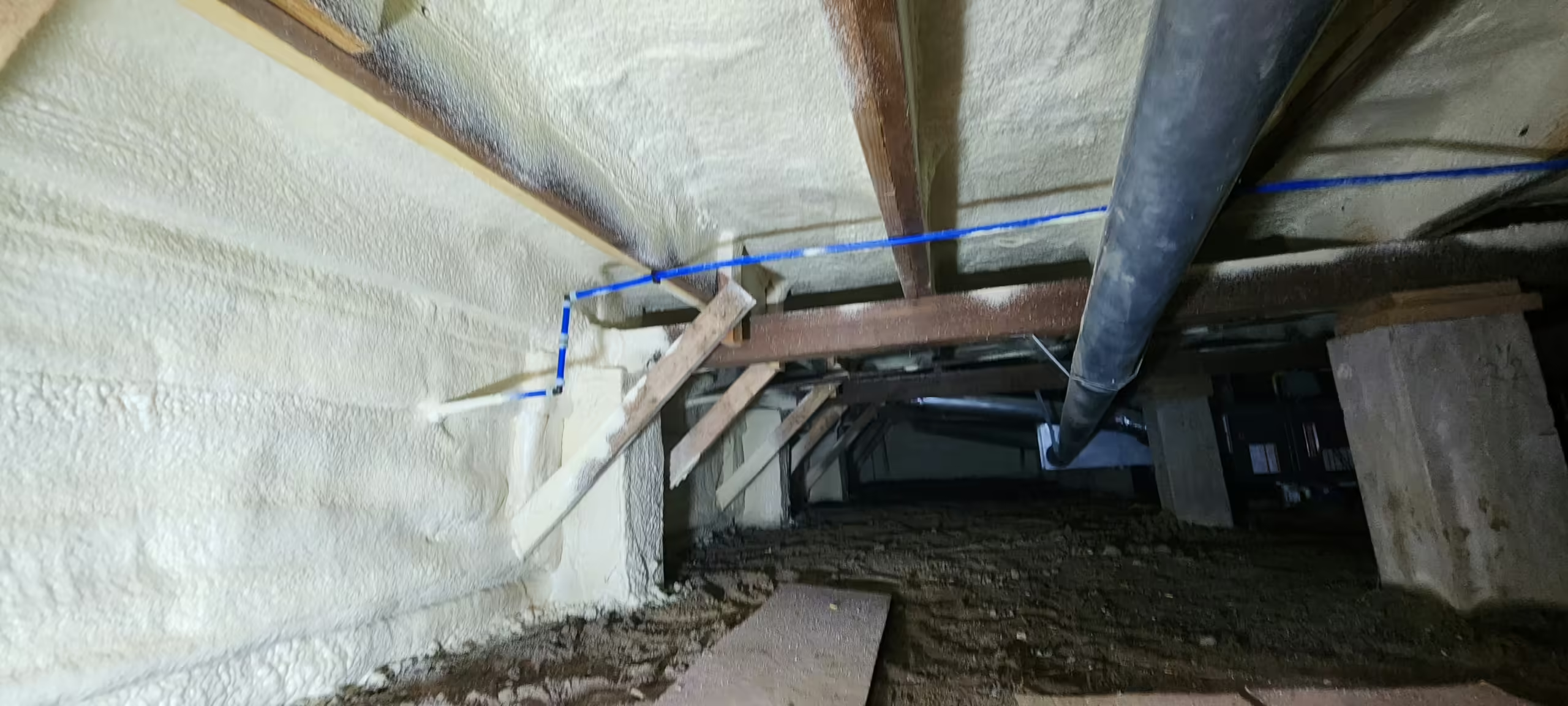 Crawl Space Insulation
Crawl Space Insulation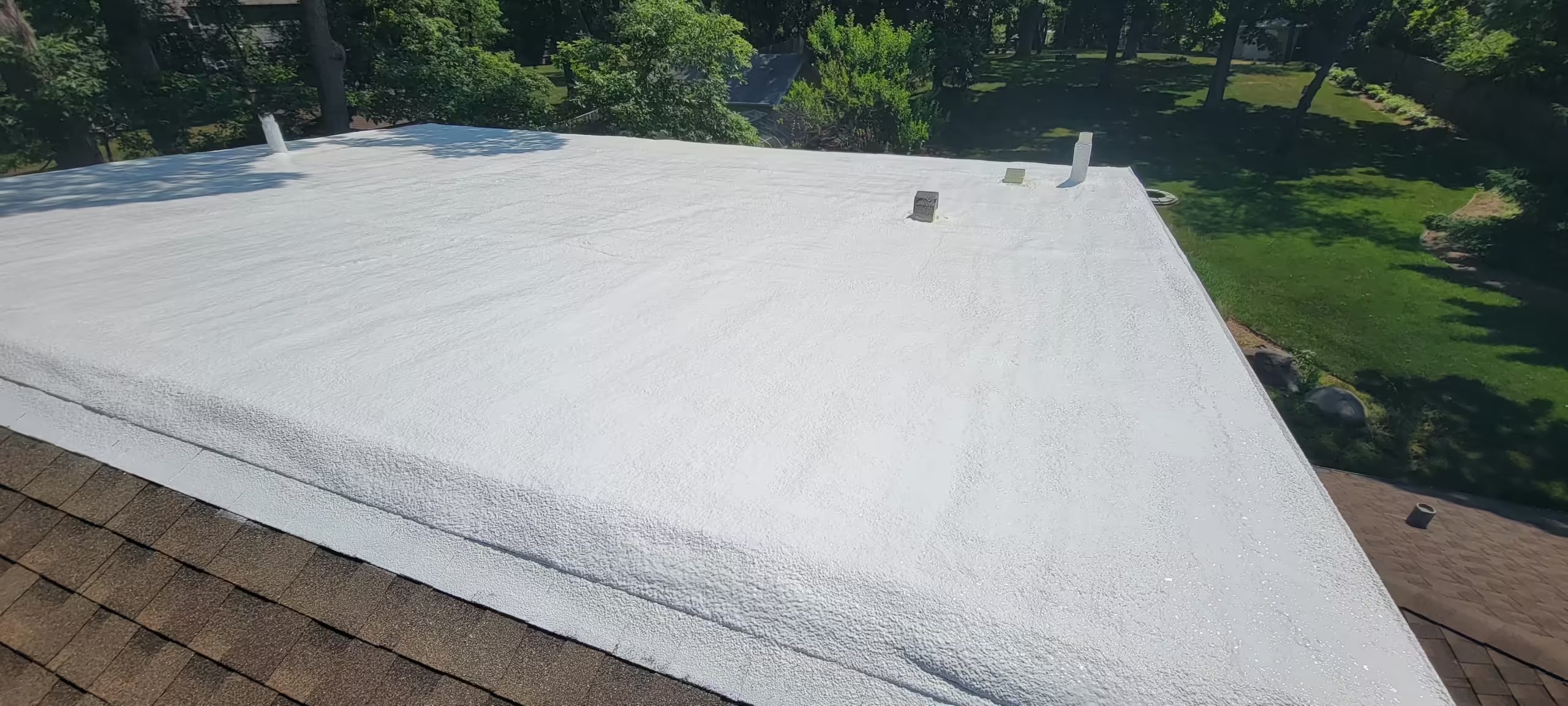 Exterior Wall Insulation
Exterior Wall Insulation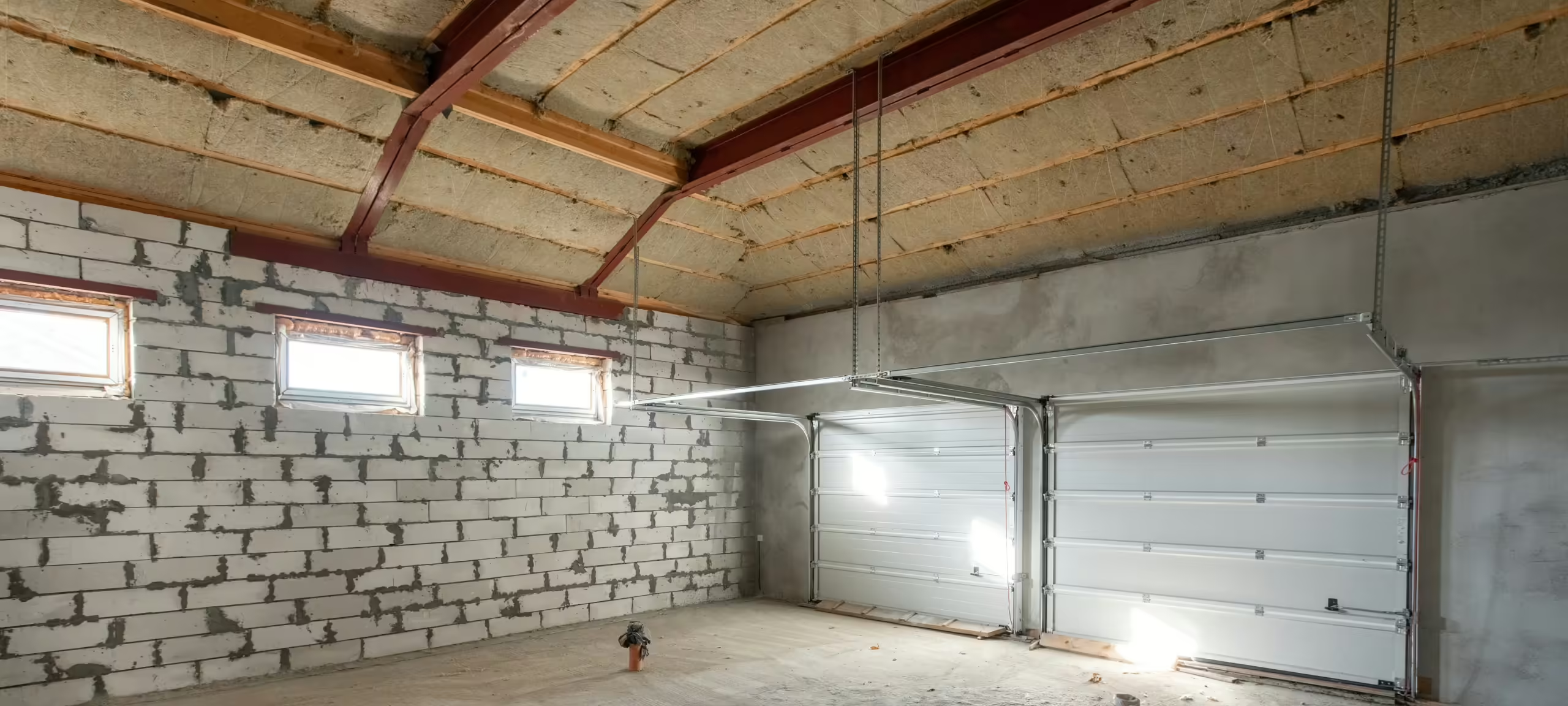 Garage Insulation
Garage Insulation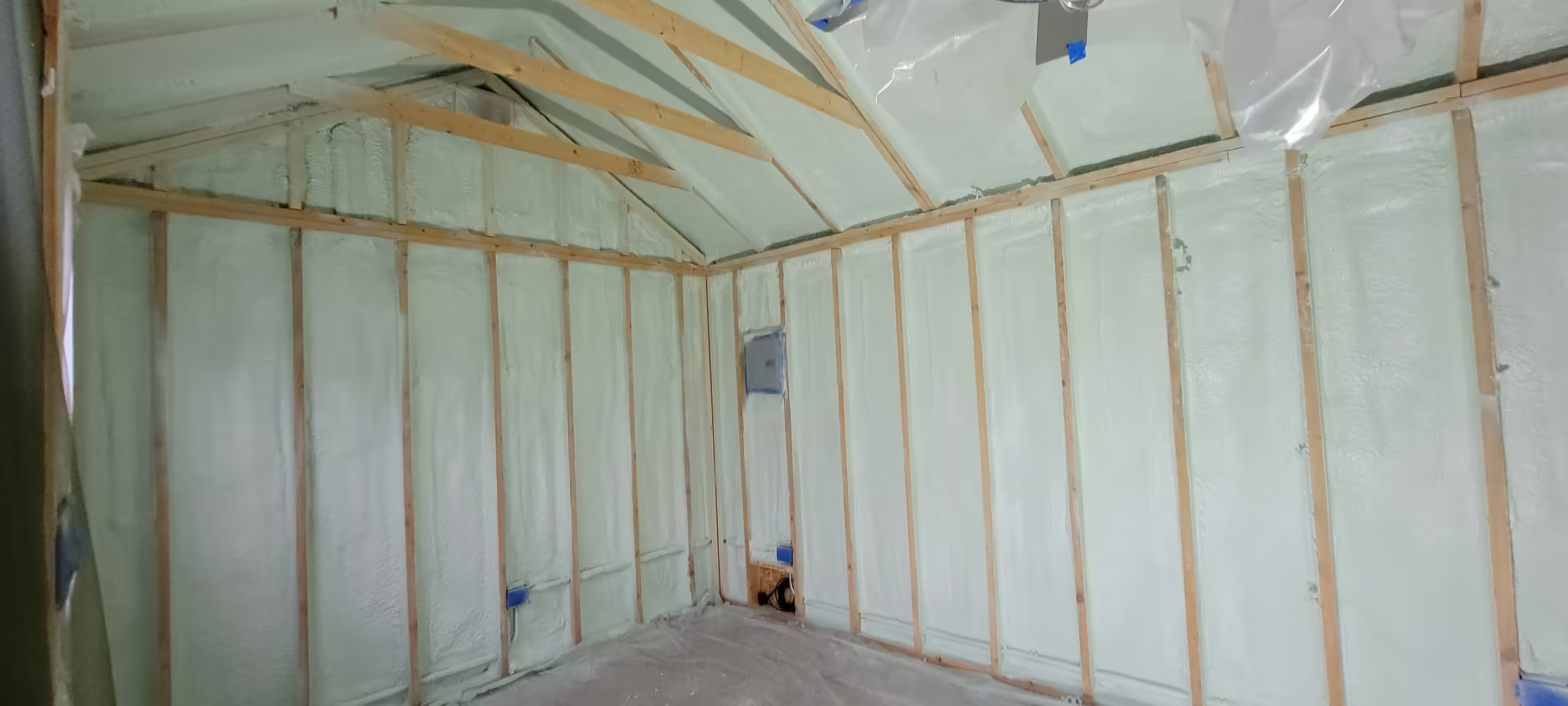 Interior Wall Insulation
Interior Wall Insulation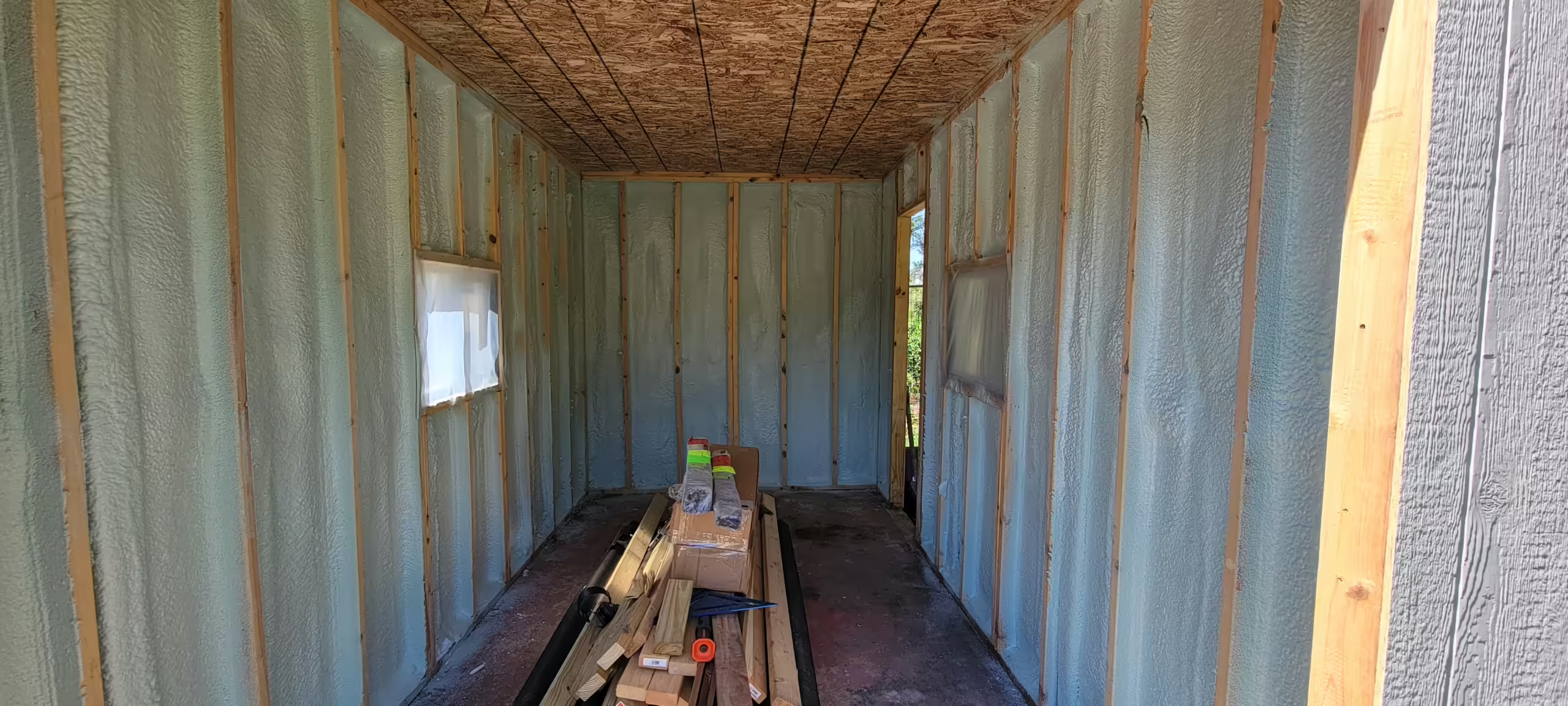 Shed Insulation
Shed Insulation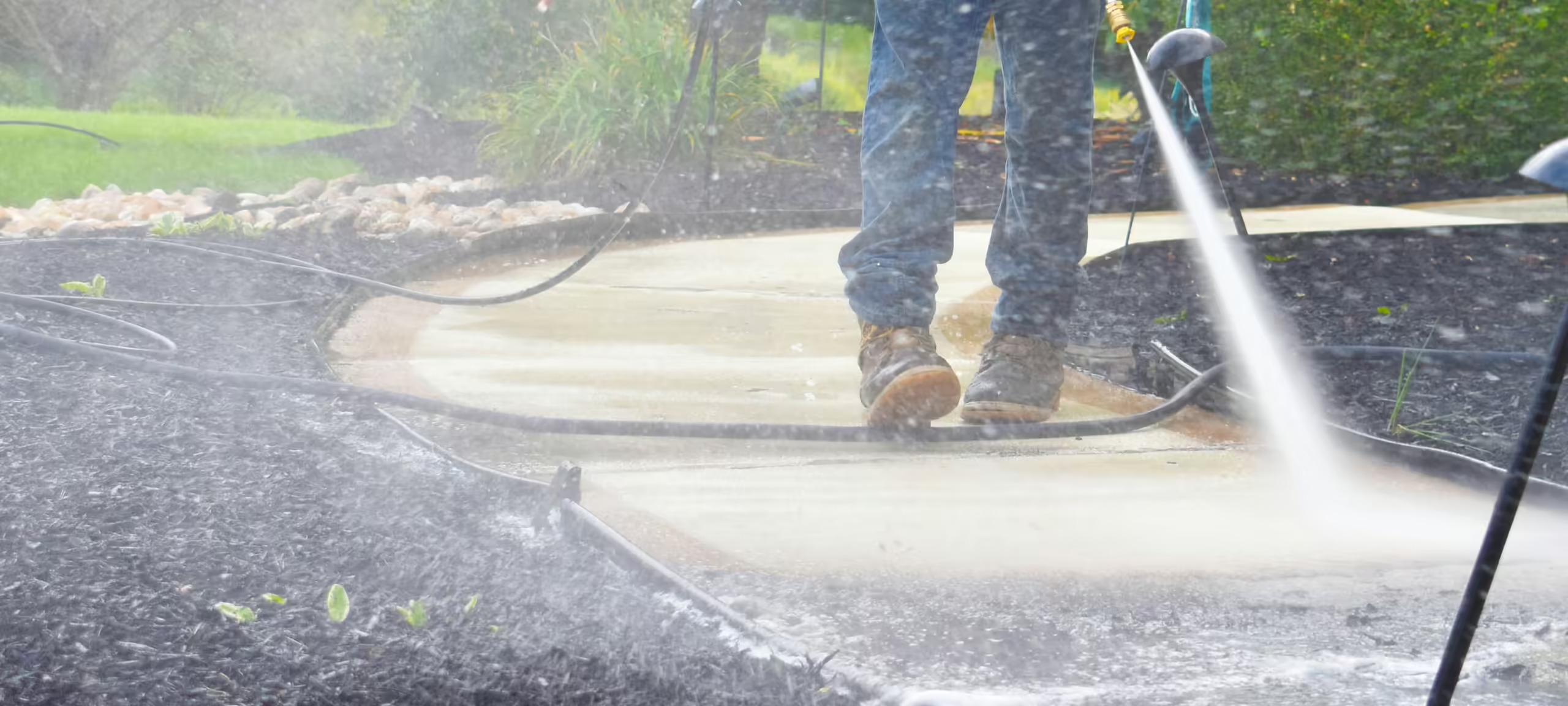 Power Washing
Power Washing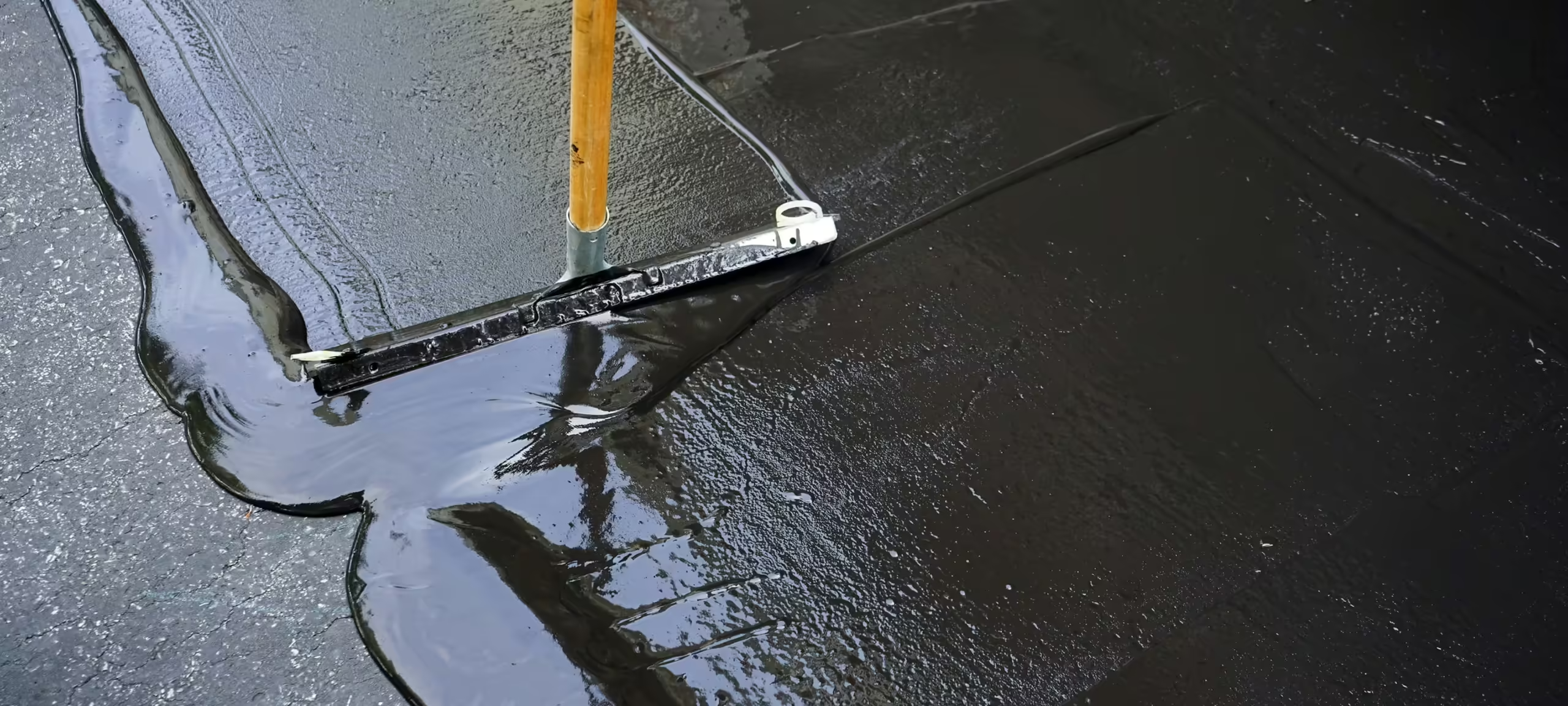 Sealcoating
Sealcoating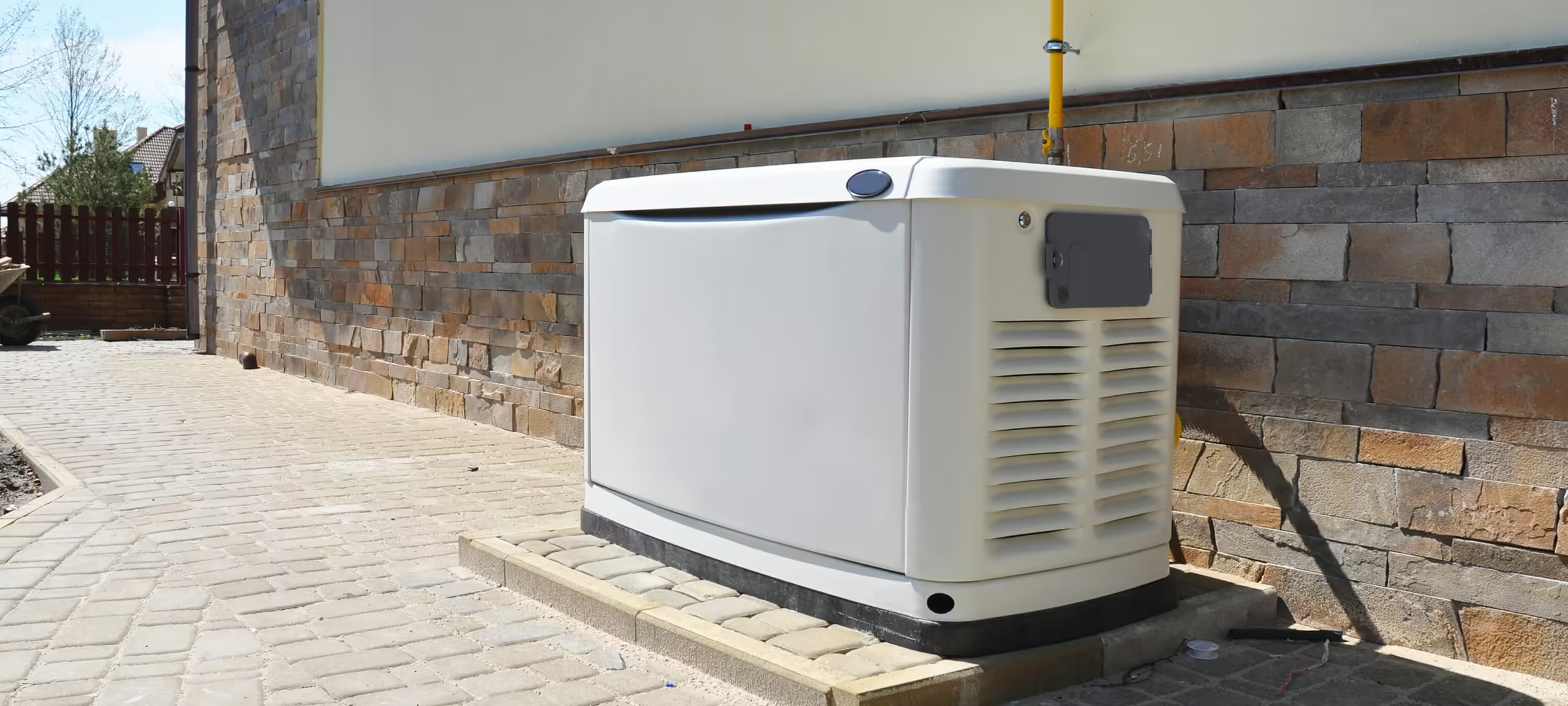 Backup Power Generators
Backup Power Generators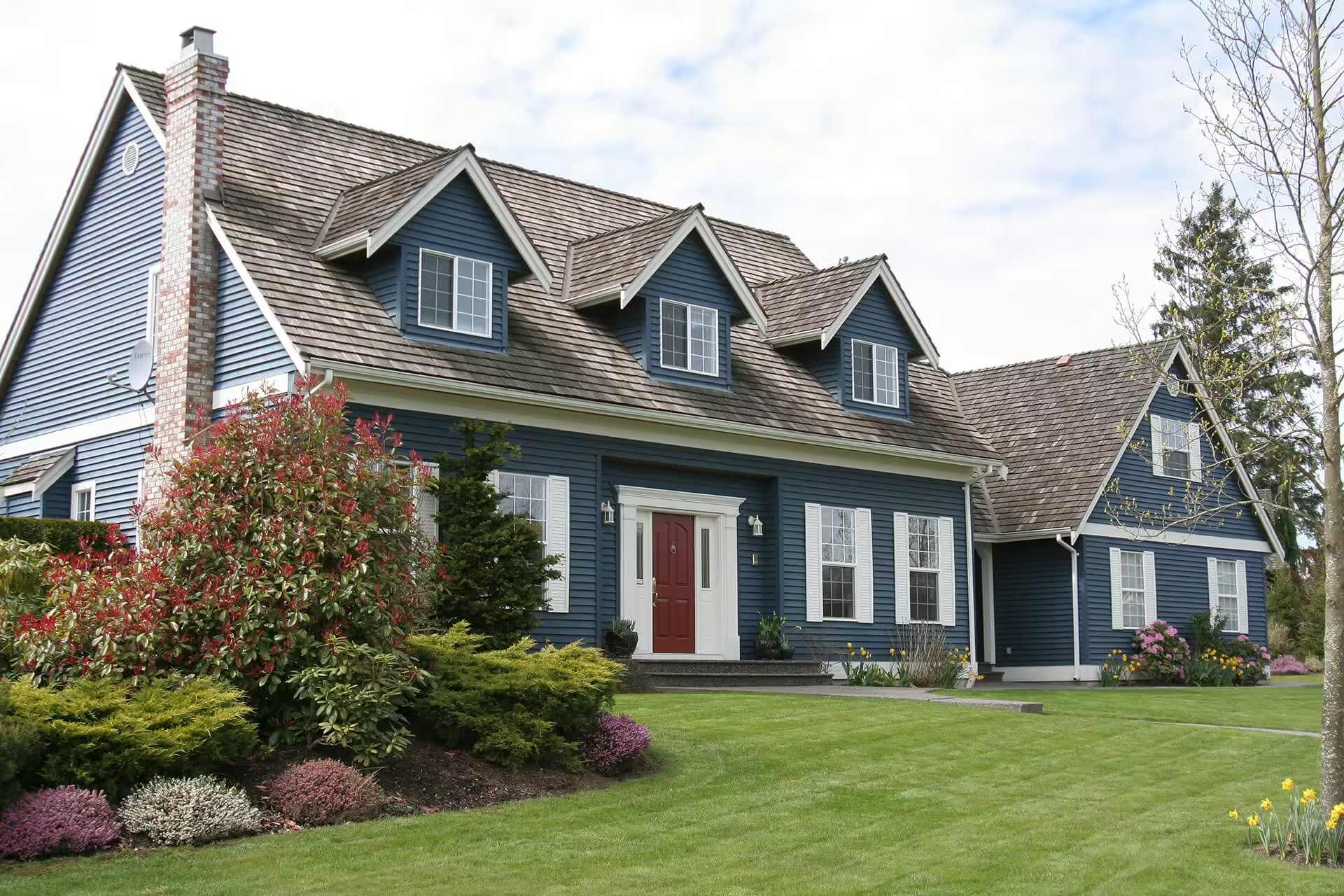 Lake County Insulation
Lake County Insulation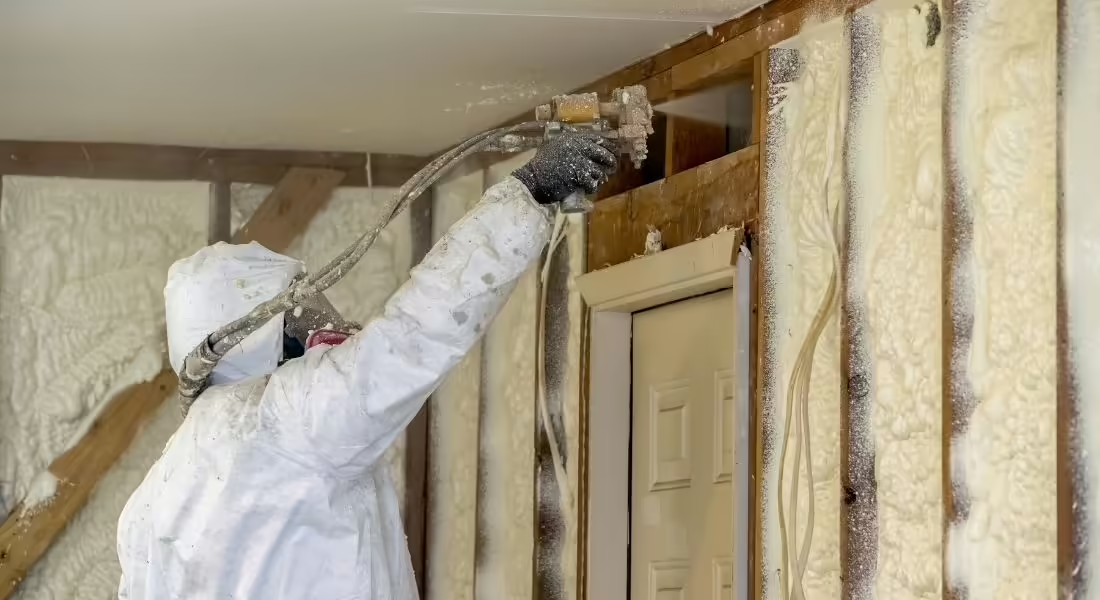 Spray Foam Insulation Guides
Spray Foam Insulation Guides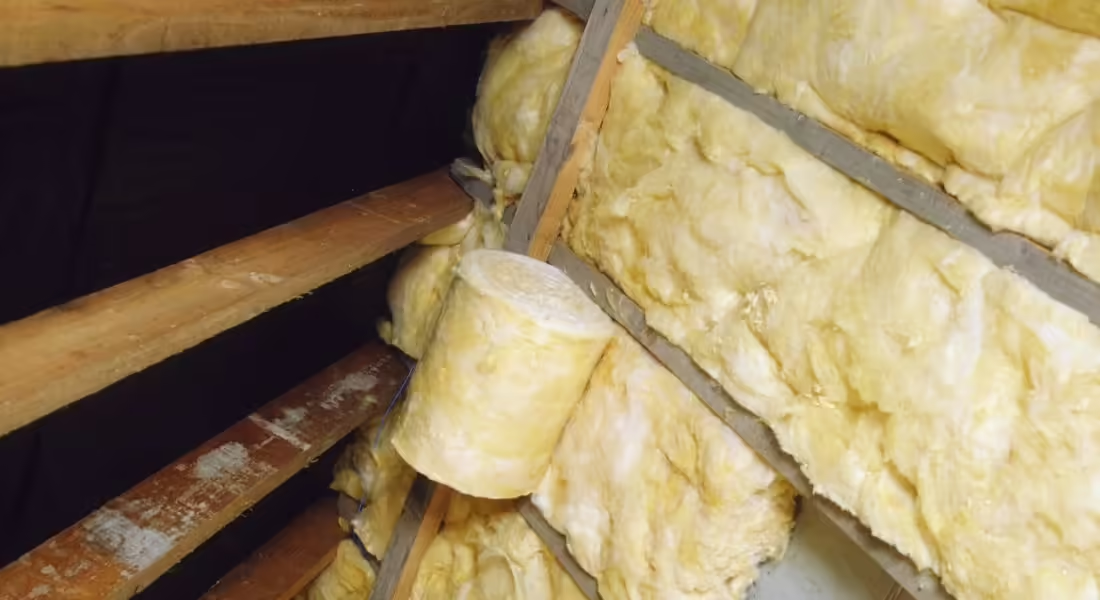 Insulation Guide
Insulation Guide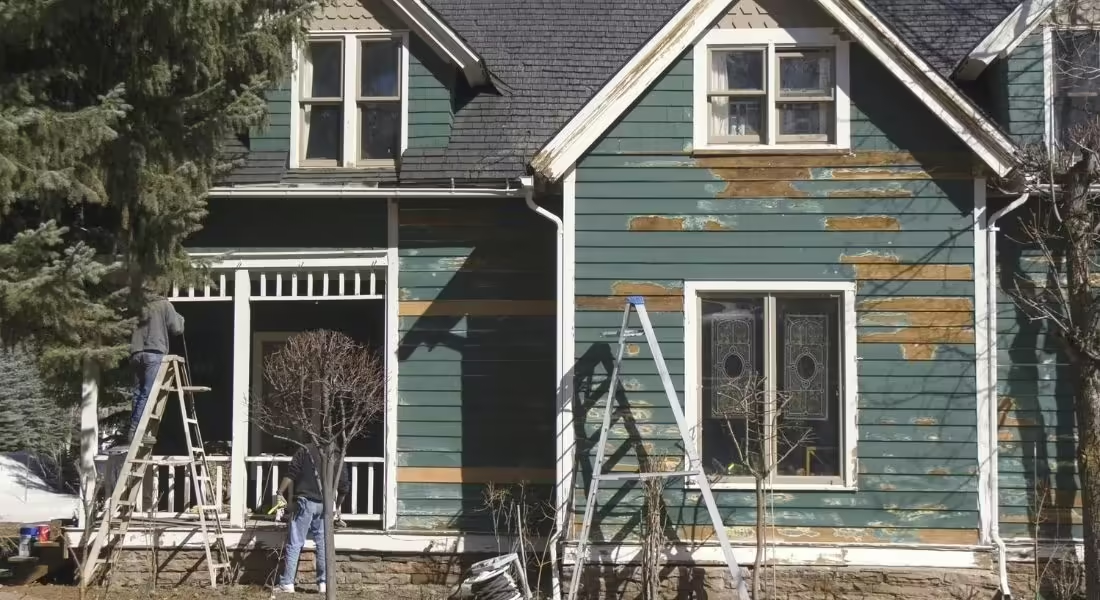 Home Improvement & Maintenance Guide
Home Improvement & Maintenance Guide